From ancient Greek and Roman sculptures to modern-day art, sculptures have provided us with timeless representations of creative genius. Contemporary sculptures are a unique and captivating form of art that explores the boundaries of creativity and expression. These masterpieces are often characterized by their unique materiality, abstract forms, and innovative use of space. In this article, we will explore the unique and modern art form of contemporary sculpture.
We will look at the different materials used in these works, the various styles of sculpture that they represent, and the impact that these sculptures have had on the art world. We will also discuss how these sculptures can be used as decorative elements in homes and public spaces. Finally, we will provide some tips on how to find the perfect contemporary sculpture for your home.
Contemporary sculptures
are an important part of the modern art world. From famous pieces like the Statue of Liberty to small, handcrafted works, these sculptures have come to represent an integral part of our culture.In this article, we'll explore the history and different elements that make up contemporary sculptures, such as materials, techniques and notable artists. The history of contemporary sculptures dates back centuries to ancient civilizations that used them as symbols of power and prestige. As time progressed, artists began to create new types of sculptures using different materials and techniques, creating a more varied and complex art form. Today, contemporary sculptures can be found in many different places, from public parks and museums to private galleries and homes. When it comes to materials, contemporary sculptures can be made from virtually any material. Common materials include bronze, marble, granite, wood, metal, glass and clay.
Each material has its own unique characteristics and properties that lend itself to different types of sculptures. For example, bronze is often used to make highly detailed figurative sculptures while marble is better suited for larger scale projects. In terms of techniques, contemporary sculpture can range from traditional hand carving to cutting-edge 3D printing. In addition, there are a variety of processes that can be used to create a sculpture, such as casting, welding and patination. Depending on the materials used and techniques employed, the end result can range from abstract shapes to highly detailed figurative works. Finally, it's important to note that contemporary sculptures often require the work of multiple artists and craftspeople.
This is because many modern sculptures involve a variety of materials and techniques, which often require different specialists in order to achieve the desired results. Notable contemporary sculptors include Alexander Calder, Anish Kapoor, Mark di Suvero and Richard Serra. These artists have created a wide range of works that have had a significant impact on the art world. Their works have been displayed in museums around the world and many of their pieces have become iconic symbols of their time.
Abstract Sculpture
Abstract sculptures are works of art that do not represent any recognizable object or figure.Instead, they are composed of abstract shapes and forms that evoke certain emotions or ideas. These pieces often incorporate elements of color, texture, and other design elements to create an overall aesthetic. While some abstract sculptures may be designed to represent a specific concept or emotion, others are created to simply evoke a feeling of contemplation. Abstract sculptures can be made from a variety of materials, from stone and metal to wood and plaster. Artists often use a combination of these materials to create unique pieces that can range from minimalist designs to complex installations.
While many abstract sculptures are designed to be displayed outdoors, some are also created for indoor spaces. Notable abstract sculptors include Henry Moore, Alexander Calder, and Louise Nevelson. Each artist has used their own style and technique to create visually stunning works that explore the boundaries between art and design. While the styles of these artists vary greatly, their works often share a common thread of exploring the power of abstract form and emotion.
Environmental Sculpture
Environmental sculptures are large-scale works that interact with their surroundings in some way.These can be anything from large installations in public parks to smaller works set in private gardens. Environmental sculptures often involve some form of interaction or engagement with the natural environment, such as sound, light, and movement. They can also be interactive pieces that invite viewers to touch and manipulate them in some way. This type of sculpture is particularly popular among contemporary artists who are looking to explore new ways of engaging with the natural world. Environmental sculptures also offer an opportunity for viewers to experience art in its natural setting, allowing them to experience the piece as part of its environment.
This type of artwork is often used to express a variety of themes, such as environmental awareness, social justice, and spiritual themes. By creating pieces that interact with their natural surroundings, artists can create powerful messages about the importance of preserving and protecting our environment. Notable environmental sculptors include Andy Goldsworthy, Richard Long, and James Turrell. Goldsworthy's work often involves collecting and arranging natural elements, such as leaves, stones, and branches, into beautiful patterns. His pieces often reflect his strong environmental beliefs, such as his “Rain Shadow” installation in New York City’s Central Park.
Long’s work is characterized by long-distance walks in nature during which he collects found materials and arranges them into sculptures. Turrell’s work often involves light installations that interact with the natural environment.
Figurative Sculpture
Figurative sculptures are pieces that represent recognizable figures or objects. These can be realistic or stylized representations, and can range from iconic statues to abstract figures. Figurative sculptures can be made out of a variety of materials, including clay, wood, metal, and stone.One example of a famous figurative sculpture is the Statue of Liberty, created by French sculptor Frédéric Auguste Bartholdi in 1886. This iconic representation of freedom stands at over 300 feet tall and has become a symbol of the United States. Other notable figurative sculptures include Michelangelo’s Pietà, Auguste Rodin’s The Thinker, and Alberto Giacometti’s Walking Man. Figurative sculptures can also be abstract representations of figures or objects. Abstract sculptures are often less detailed and more open to interpretation.
Examples of abstract sculptures include Alexander Calder's mobiles, Joan Miró's ceramic sculptures, and Louise Bourgeois' bronze figures. Whether realistic or abstract, figurative sculptures are an important part of the contemporary art world. By exploring the history and techniques behind these works, we can gain insight into the role they play in our culture.
Different Types of Contemporary Sculptures
Contemporary sculpture can take many forms. Here are some of the most common types:Statues – Statues are a traditional form of sculpture that depict people, places, or objects.They can be made from many materials, including marble, bronze, and wood. Famous statues include the Statue of Liberty in New York City and the Lincoln Memorial in Washington, D.C.
Reliefs
– Reliefs are a type of sculpture where the subject is carved into a flat surface, often a wall or a slab of stone. They are usually representational in nature, and can include scenes from mythology or history. Famous reliefs include the Trajan’s Column in Rome and the Frieze of Parnassus at the British Museum in London.Abstract Sculptures
– Abstract sculptures are often non-representational works that focus on form, shape, and texture.They can be made from a variety of materials, including metal, wood, and stone. Famous abstract sculptures include Alexander Calder's 'The Eagle' and Richard Serra's 'Tilted Arc'.
Kinetic Sculptures
– Kinetic sculptures are sculptures that move in response to external stimuli, such as wind or touch. They can be made from a variety of materials, including metal, wood, and paper. Famous kinetic sculptures include Jean Tinguely's 'La Joueuse de Tympanon' and George Rickey's 'Two Lines.'Contemporary sculpture is an art form that has shaped our culture in many ways.From the iconic Statue of Liberty to smaller, handcrafted pieces, these sculptures represent the diversity and innovation of modern art. Different types of contemporary sculpture, such as abstract, figurative and environmental, have pushed the boundaries of what art can be and how it can be expressed. By exploring the various materials, techniques and notable artists involved in this art form, we can gain a greater appreciation of its beauty and complexity.
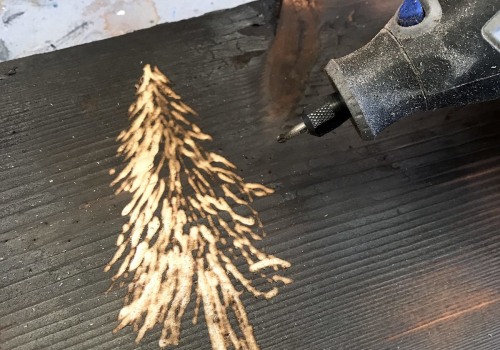
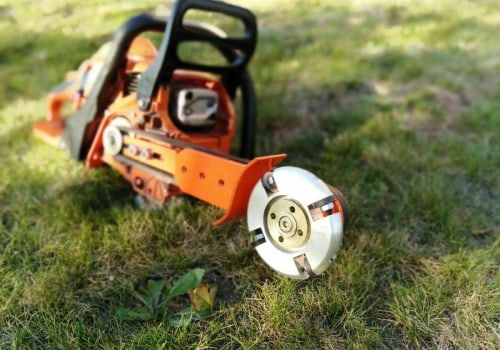
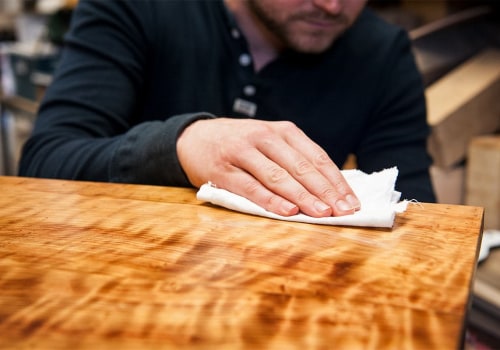
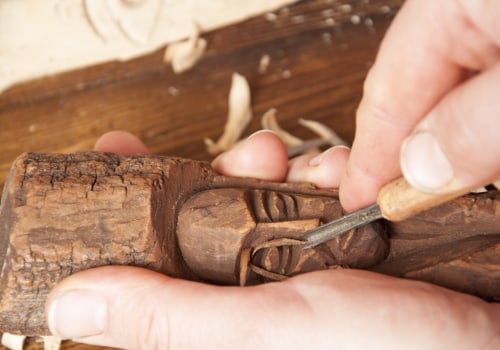

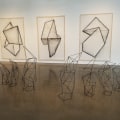
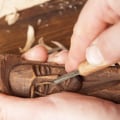
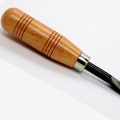
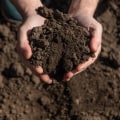
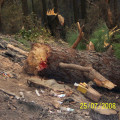
Leave a Comment